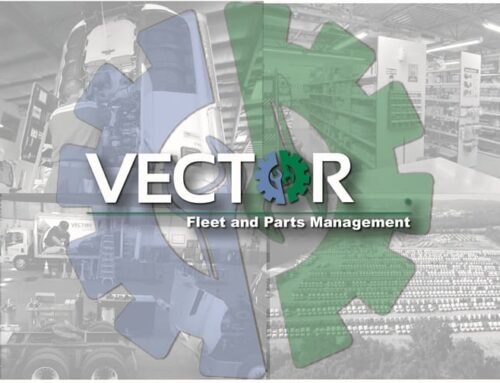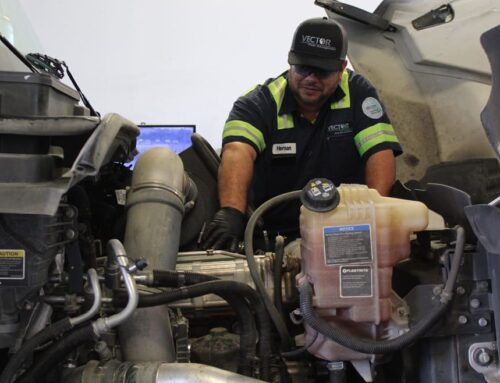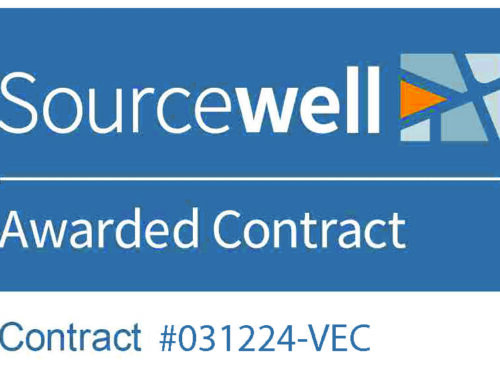Have you thought about how to improve your Fleet Maintenance Program?
- How to improve your Fleet Maintenance Program?
Have you thought of opportunities you could capitalize on that could bring you healthier bottom line, better production, or better ROI to improve your Fleet Maintenance Program? Odds are, probably not, and that’s okay, because I’m here to remind you of some introspective thoughts we can look into.
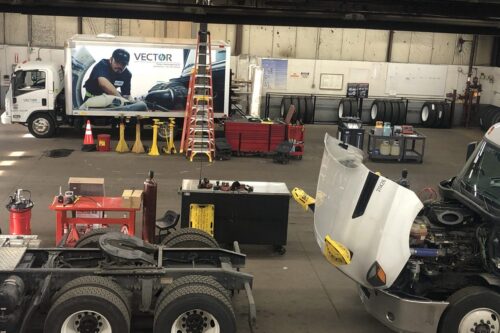
-
Are there leaks in my shop’s purchasing?
You may not get the best price on parts, may be downgraded, or parts may no longer be available. Inventory your parts and ask suppliers to buy back or replace old parts. Make sure the parts you have on hand are compatible with the fleet model you are looking for.
-
Is my labor claim percentage higher than 3%?
If you have an increased number of labor claims, the problem is probably not really with the parts, but with the diagnosis. If your shop has a higher failure rate than comparable parts in the industry, it may be helpful for you to participate in these claims and review the diagnostic process.
-
Are the fundamentals of my business still being practiced every day?
It’s easy to rest on your laurels, or think that since there hasn’t been a “problem” in a while, all is well. What are your best practices, and how closely are they being followed? Have technicians or the business deviated from these baseline fundamentals? Basic execution is the rescue and foundation of any business. Don’t pay for non-existing SOPs or for major repairs or work-related incidents just because you didn’t follow basic practices.
-
What percentage of serviced equipment returns back to the shop within 2-3 weeks?
The dreaded comeback…why is it happening? Did we miss something in inspection? Was the original repair correct? Not only is this cumbersome, but it is also inefficient. If a comeback is happening, the process needs to be reviewed from top to bottom. Are inspections pre and post-repair being performed? Are diagnostics being done fully and correctly on the first opportunity? Touching equipment twice for the same reason wastes time and increases the risk of missing opportunities.
-
What percentage of my fleet is actively in service, versus what percentage is down?
This metric is commonly overlooked, and often the amount of damage, in service, in the field, or due soon is not tracked. They run the equipment as long as it is working, or until there is a problem. If there is a problem, they bring the equipment in for care. You should have a very good handle on how much of your fleet is in what status. Is it usable now, due for maintenance soon, or is it on deck for a major repair? Just something as simple as this can help you realize where you need help the most.
-
How many of my technicians have certificates that have already expired or will expire soon?
Today’s trucks, equipment, parts, and chemicals are constantly changing. The technology is ever growing, and it’s more advanced than ever before. Are your technicians prepared for this? Are they keeping their skills up to date? If you don’t upgrade your workforce, you may miss opportunities to increase efficiency, purchase new tools and equipment, or misdiagnose problems. This can all be done without a hitch by ensuring your team is ASE certified or OEM certified.
-
Is continuing education important for my technicians?
Continuing education for a technician can be done in a variety of ways. They can be certified through an OEM or ASE certification, but there are many resources available to learn about car care and mechanics without certification. These are offered through several parts chains and typically last a few hours at night after the store is closed. Why not send your techs out to a free dinner, learn some best practices, and maybe save yourself some trouble long-term.
-
Are the cycle counts on my parts and tires being performed on time? Do I regularly have parts show on hand, only to have it missing when I go to install it?
Just another “Bush League” problem… simple fundamentals. Most shops should stock some basic parts so you can avoid calling a supplier on simple stuff. Light bulbs, hydraulic fittings and hoses, air lines and fittings, greases, oils, and coolants. If you already do stock these things, it’s very frustrating to need to use a part and not have it. Make sure your staff is “cycle counting” parts to ensure they aren’t being mishandled, or counted onto ROs as the wrong part number or something silly. Assign one line to be counted every week and ensure that the part is there when you need it.
-
What percentage of my fleet is failing DOT inspections AFTER the equipment was inspected at the shop?
The final challenge is something that is frustratingly simple that it makes you angry to think about it. If you have recently had your truck in the shop for a DOT inspection and it failed, you may be at risk of a ticket. Why did this happen? Why would I have to pay a fine or risk an Out Of Service penalty when I had a guy under the hood or at the wheel ends a couple of weeks ago? Regularly inspecting power units in the building can help avoid costly DOT fines.
If you are an elite shop owner or manager, congratulations! You have succeeded in doing something that is rare and difficult. The world of Heavy Duty and Automotive can be full of pitfalls that are silly. If you’re scratching your head at a lot of questions then that’s okay, it means you’re a regular owner/operator and may need some help to see the best ROI from your equipment. Consider outsourcing your fleet if You want the fastest turnaround time and the greatest benefits. Outsourcing can help you save money by lowering parts costs, better inventory management, and faster fleet capacity. Dedicated fleet maintenance and parts management provider – (vectorfleet.com)
